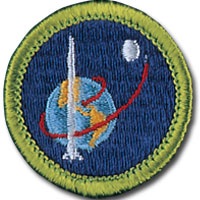SpaceX - CRS-11
Dragon Reuse






Space Exploration Merit Badge Supplementals
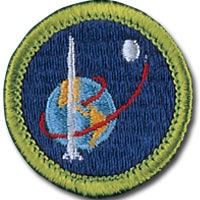
(created Tue. June 6, 2017)
This is an extension of
the Space Exploration Merit Badge page.

The purpose of this page is to show images from the June 3, 2017 SpaceX launch of the Dragon CRS-11 / Commercial Resupply Services mission to the ISS / International Space Station, and the successful landing of the first stage at Landing Zone 1 at Cape Canaveral.
The Dragon spaceship that launched the CRS-11 is the same one that flew CRS-4 in 2014, also to resupply the ISS / International Space Station.
The purpose of reusing the first stage is to help drive down the significant cost of spaceflight - reuse the most expensive part of the rocket.
-
-SpaceX was the first company to reuse a supply ship to the ISS, the international Space Station. That accomplishment is the culmination of steps from two missions.
-
-First, in September, 2014, SpaceX launched CRS-4, which stands for Commercial Resupply Services mission four, sending supples on its Dragon capsule to the ISS, the International Space Station. On that mission, SpaceX did not attempt to land the first stage rocket booster.
-
-Then, on June 3, 2017, SpaceX successfully relaunched the same Dragon supply ship to the ISS, sending supplies and scientific equipment that included a device to study pulsars from the ISS.
SpaceX also successfully landed the first stage back at Cape Canaveral, at Landing Zone 1. -
-Also noted by SpaceX on their website was ‘This launch also marked the 100th launch from historic Launch Complex 39A (LC-39A) at NASA’s Kennedy Space Center. Previous launches include 11 Apollo flights, the launch of the un-crewed Skylab in 1973, 82 shuttle flights, and five SpaceX launches. Following stage separation, the first stage of Falcon 9 successfully landed at SpaceX’s Landing Zone 1 (LZ-1) at Cape Canaveral Air Force Station, Florida.’
Source: SpaceX dot com.
This is the first time in history that a resupply ship, SpaceX’s Dragon, was reused.
The delay between the 2104 launch of CRS-8 and this week’s CRS-11 was due the the intense testing to validate the spacecraft for its second flight.
As noted by SpaceX in their pre-launch Press Release:
“SpaceX’s Falcon 9 rocket will launch a Dragon spacecraft to low-Earth orbit to deliver critical cargo to and from the International Space Station for NASA.
SpaceX is targeting launch of its eleventh Commercial Resupply Services mission (CRS-11)
from Launch Complex 39A (LC-39A) at NASA’s Kennedy Space Center, Florida. The instantaneous launch window is on Thursday, June 1 at 5:55 p.m. EDT, or 21:55 UTC, with a backup launch attempt on Saturday, June 3 at 5:07 p.m. EDT, or 21:07 UTC. Dragon will separate from Falcon 9’s second stage about 10 minutes after liftoff and attach to the space station on June 4.
“The CRS-11 mission will be the 100th launch from historic LC-39A at Kennedy Space Center. Following stage separation, the first stage of Falcon 9 will attempt to land at SpaceX’s Landing Zone 1 (LZ-1) at Cape Canaveral Air Force Station, Florida.
“Dragon will be filled with almost 6,000 pounds of supplies and payloads, including critical materials to directly support dozens of the more than 250 science and research investigations that will occur during Expeditions 52 and 53. The Dragon spacecraft being used to support the CRS-11 mission previously resupplied the International Space Station on SpaceX’s CRS-4 mission in September 2014.
“SpaceX CRS-11 is the eleventh of up to 20 missions to the International Space Station that SpaceX will fly for NASA under the first CRS contract. In January 2016, NASA announced that SpaceX’s Falcon 9 launch vehicle and Dragon spacecraft were selected to resupply the space station through 2024 as part of a second Commercial Resupply Services contract award. Under the CRS contracts, SpaceX has restored an American capability to deliver and return significant amounts of cargo, including live plants and animals, to and from the orbiting laboratory. A variant of the Dragon spacecraft, called Dragon 2, is being developed for U.S.- based crew transport to and from the station. ”
CRS-11 Press Kit
One of the devices CRS-11 / Dragon carried to the ISS is the first-ever Neutron-star / pulsar device.
https://www.nasa.gov/feature/goddard/2017/nasa-to-launch-first-ever-neutron-star-mission


This page starts with an overall SpaceX goal, ...
One of SpaceX’s goals is to lower the cost of space exploration by reusing launch vehicles.
Their first successful launch-and-landing of a first stage was on December 21, 2015, when the first stage of the Orbcomm-2 LOE mission landed on the Atlantic Ocean-based “Of Course I Still Love You” landing pad (see also: https://en.wikipedia.org/wiki/Autonomous_spaceport_drone_ship).
Given that was Christmas week, I missed the news until Dec. 26, at which point all four of us watched the rebroadcast of the webcast, together.
Since then I followed the launches, and the first stage landings, as closely as possible, and also share videos of some on another page on this site: http://vanvooren.us/MeritBadges/SpaceX.html.

Links to videos are below, and photos captured on the iPhone 6+ are below these links.
-
1.June 3, 2017 (CRS-11 Mission & Landing Aerial Footage videos)
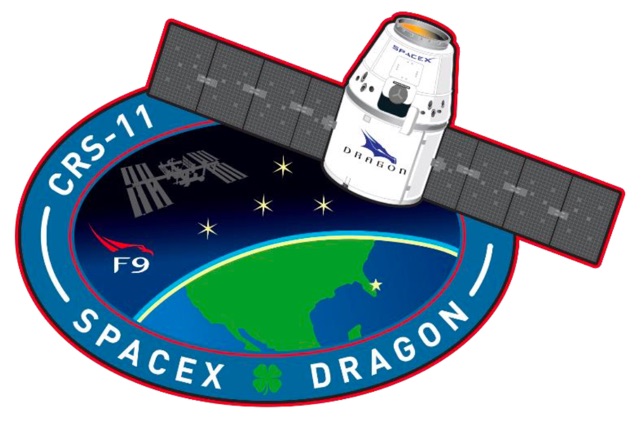
CRS-11 Hosted Webcast
(53 minute version)
CRS-11 Mission
&
Landing Aerial Footage videos

These photos... pre-flight images from the Apr. 8, 2016 CRS-8 launch.
They demonstrate the importance of the launch timing... since Dragon needed to catch the ISS< its departure needed to be just-right to meet up with the ISS 36 hours later (on Monday).
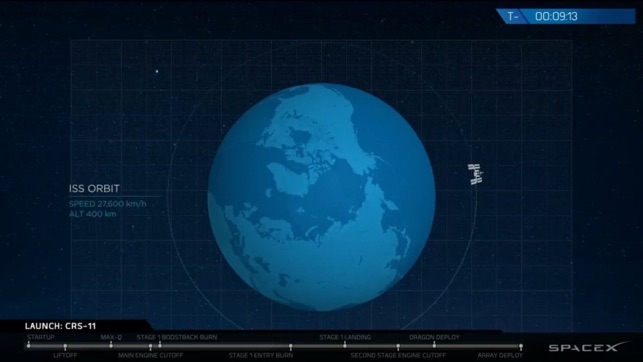
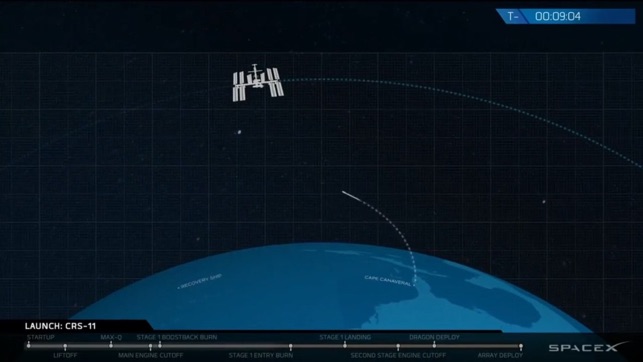
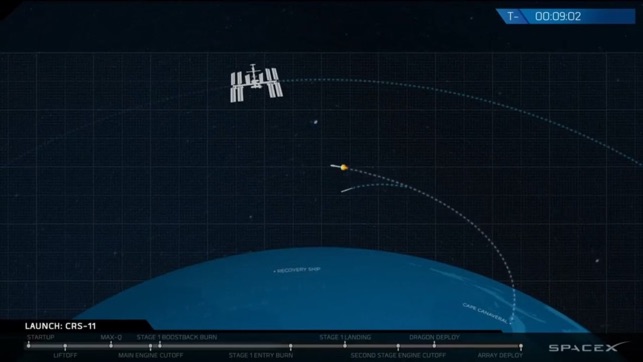
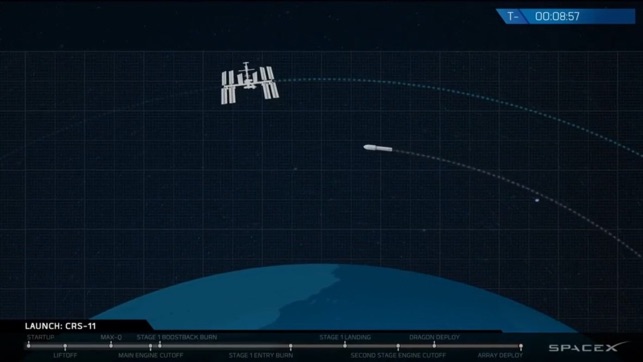
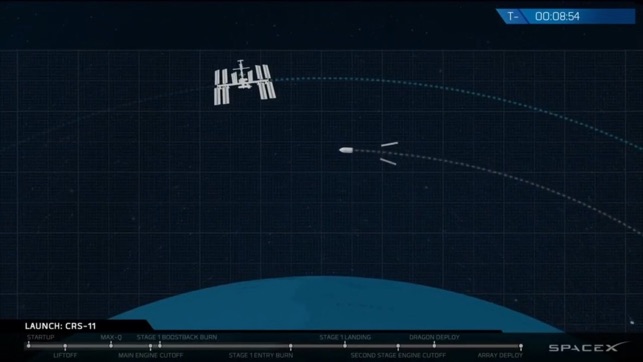
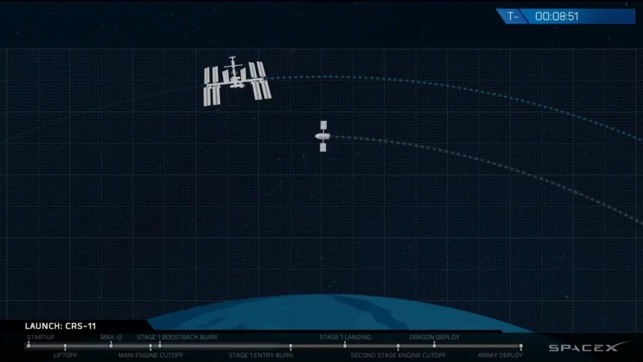
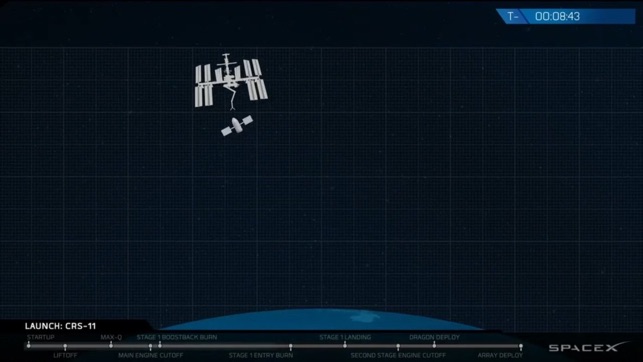
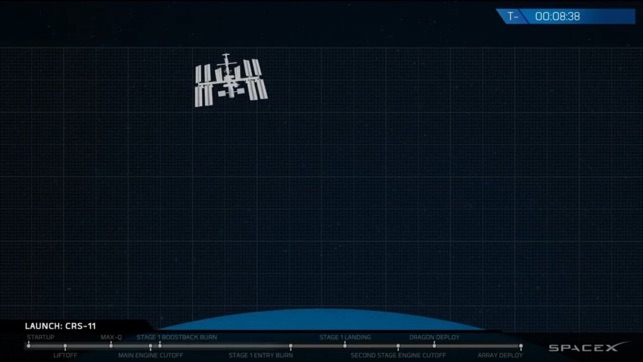
These photos... the launch and climb to orbit.
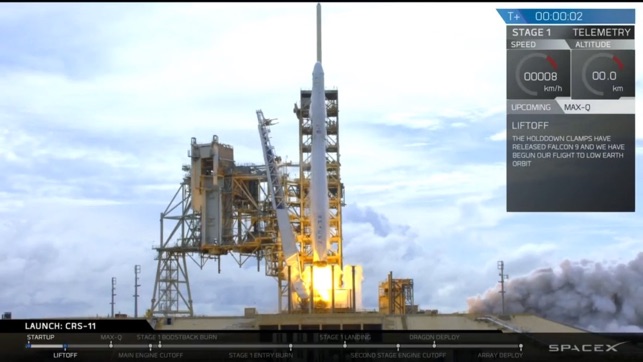
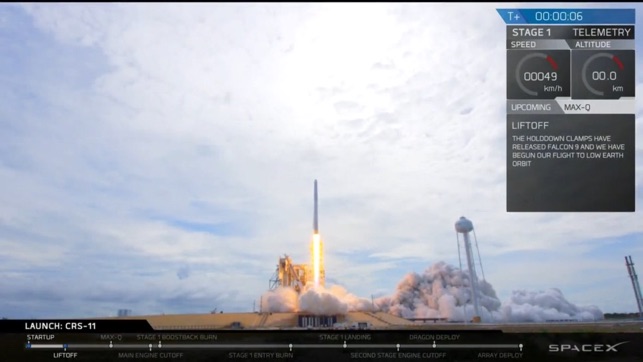
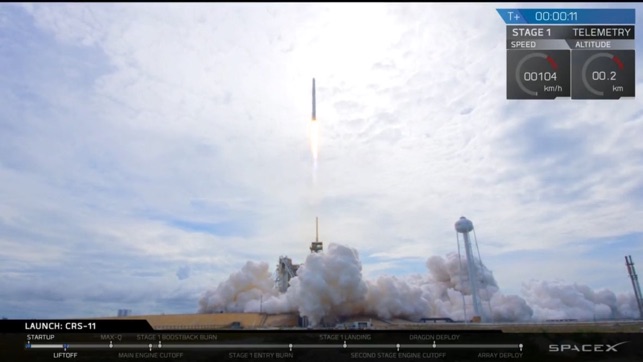
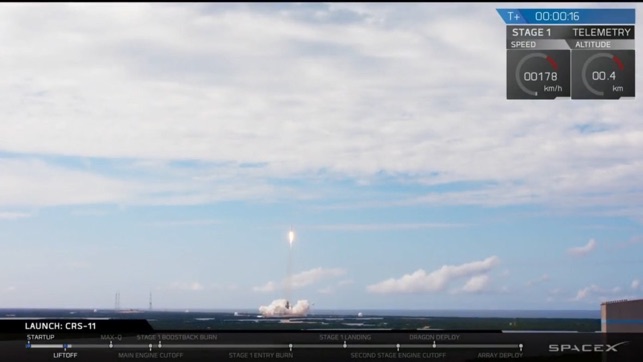
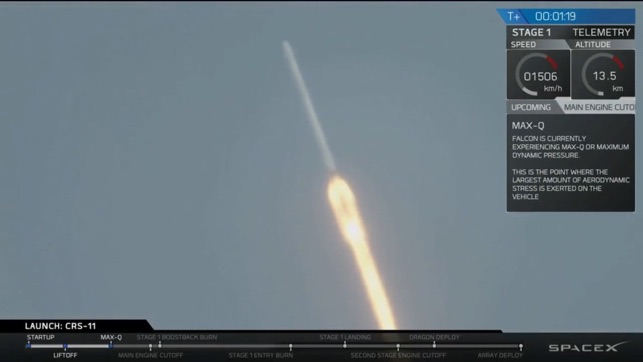
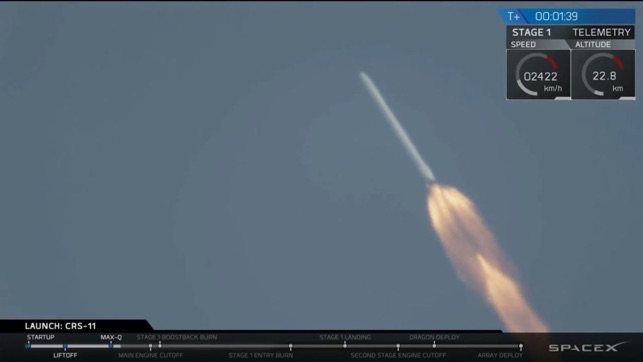
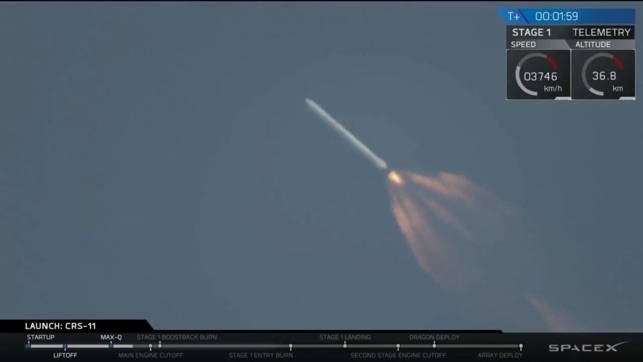
These photos...
The landing at LZ-1 / Landing Zone 1, at Cape Canaveral.
Note how...
... on take-off, the bottom of the first stage was painted fully white...
... and after the initial re-entry burn, still “high up,” the paint is covered with the “soot” from the burned propellant.
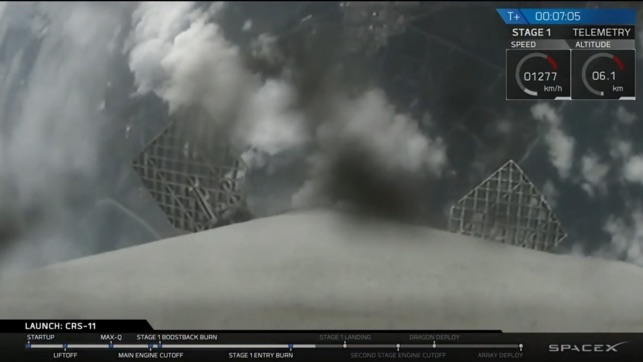
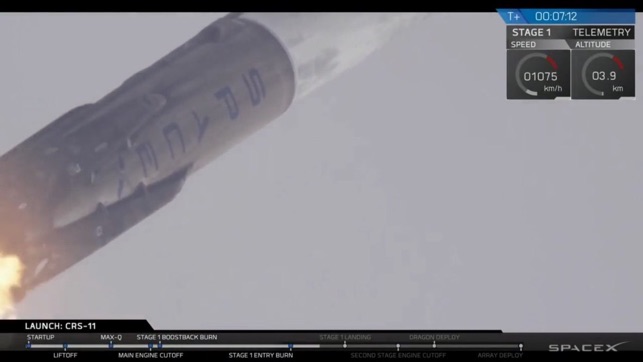
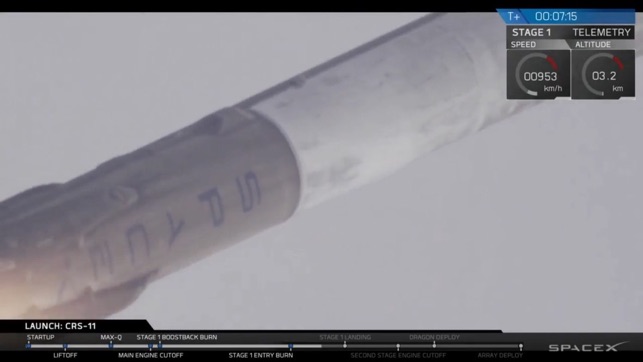
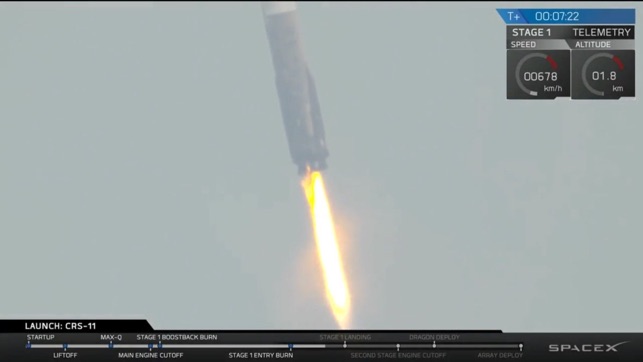
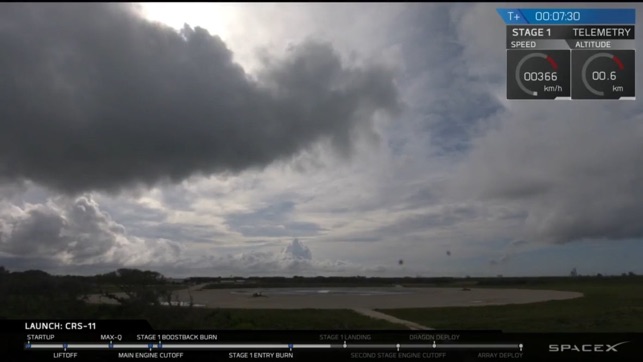
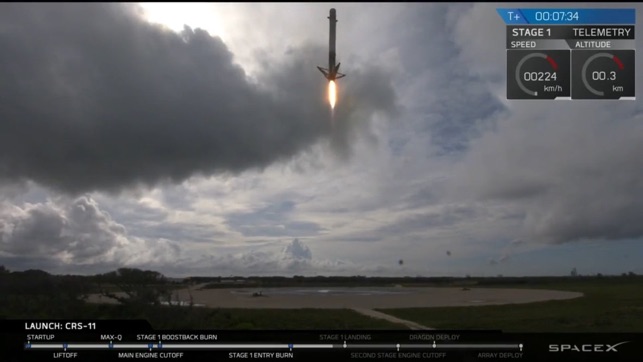
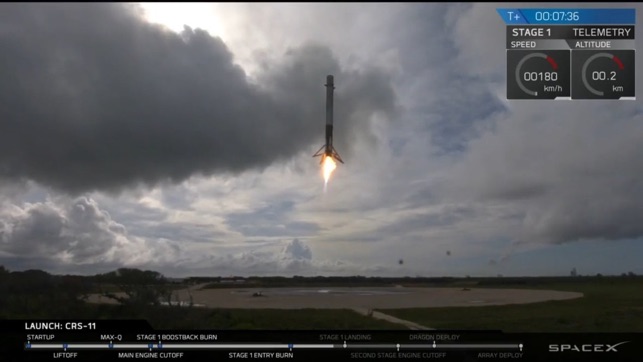
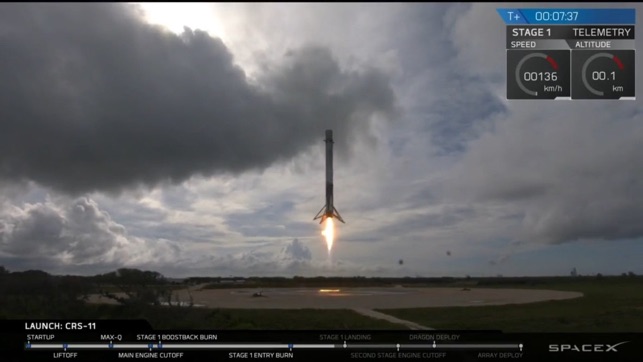
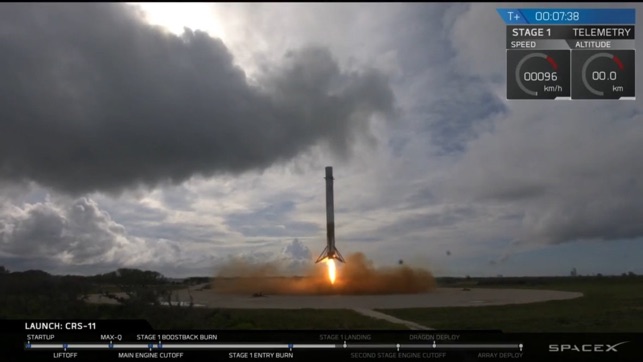
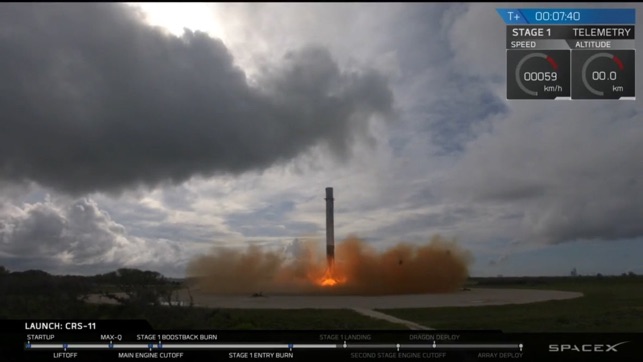
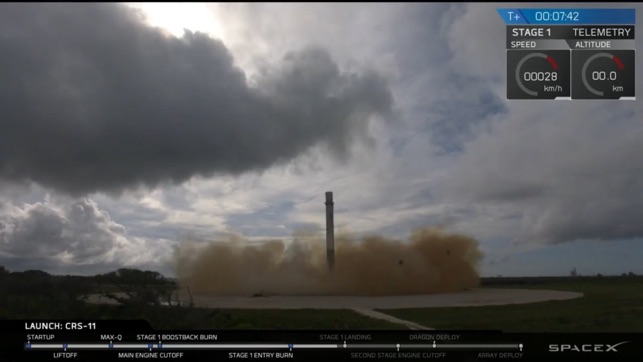
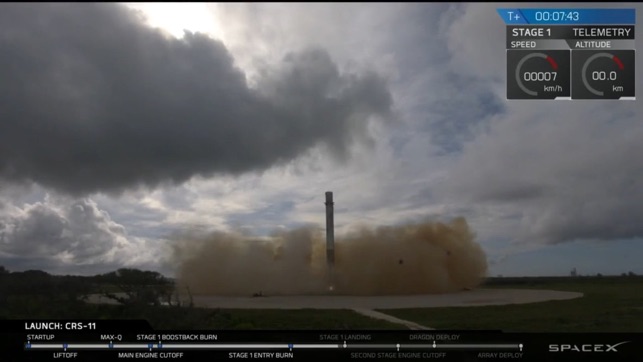
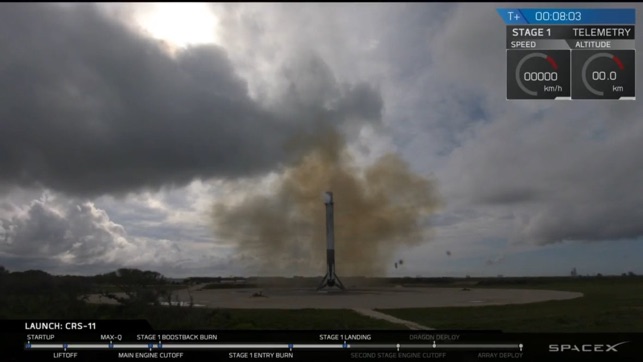
These photos...
...montages / collages, created from the above photos, using Instagram’s Layout app, on the iPhone 6+
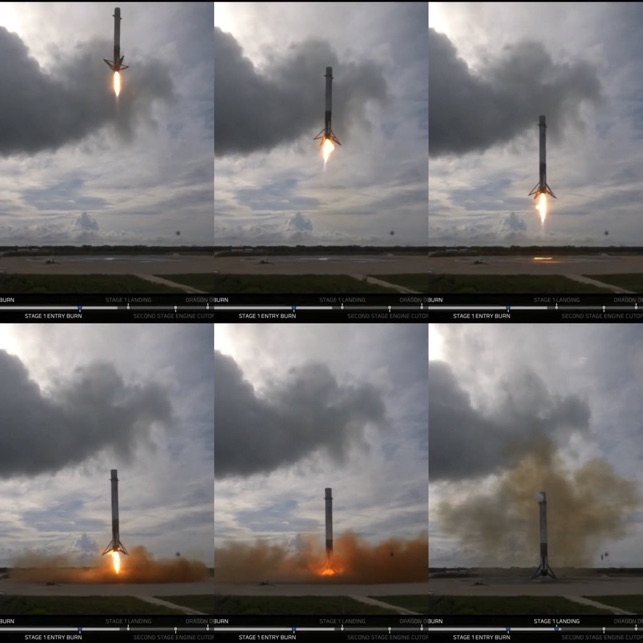
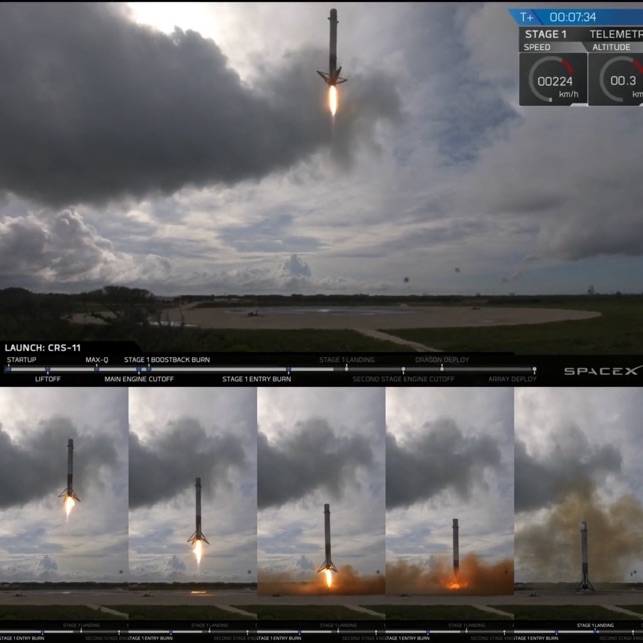
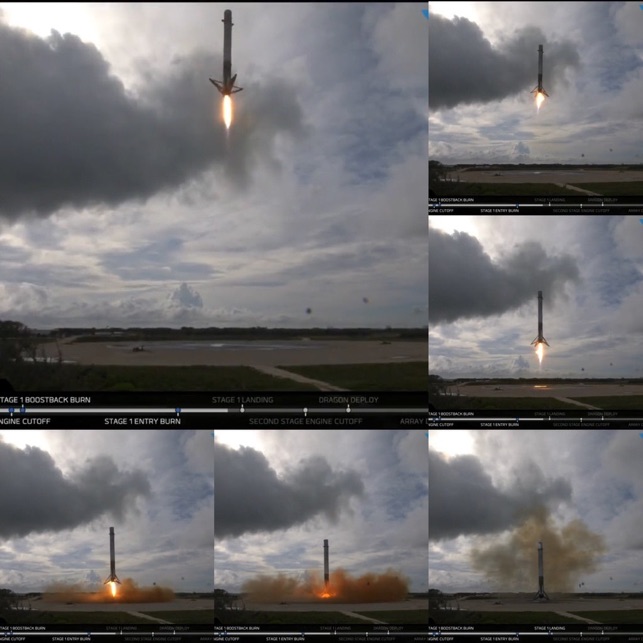
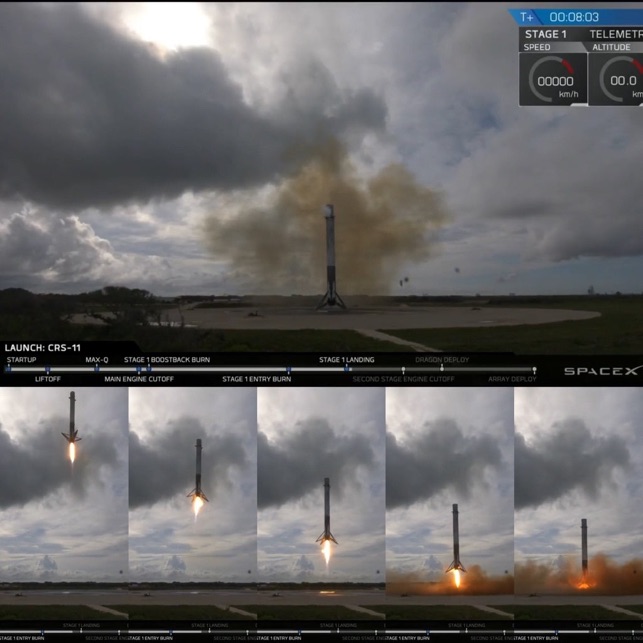
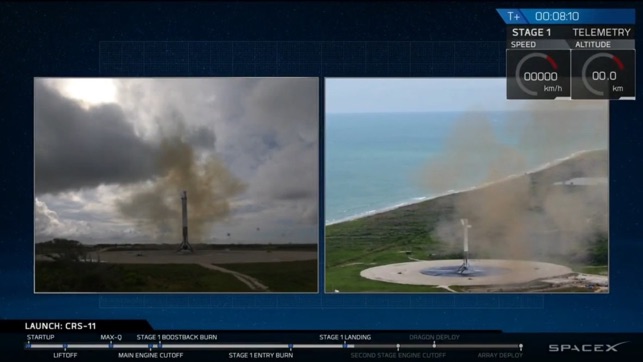
Expanding the solar panels, which power the Dragon.
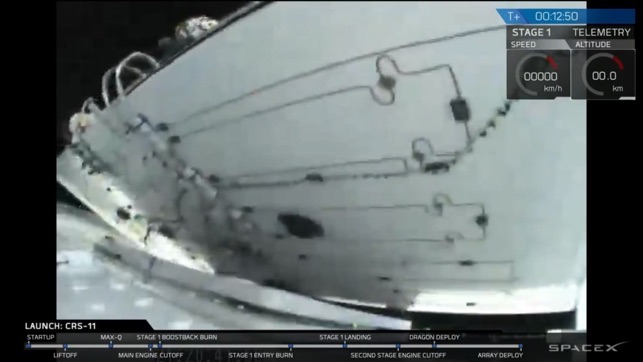
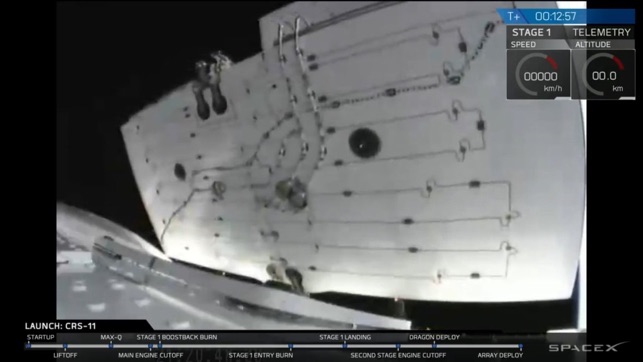
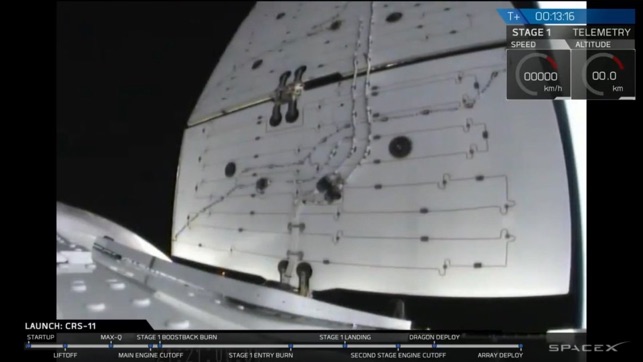
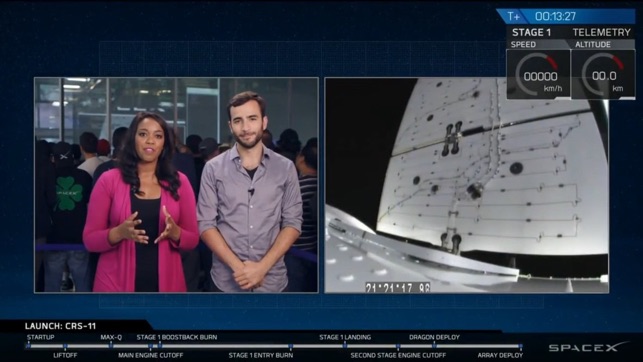
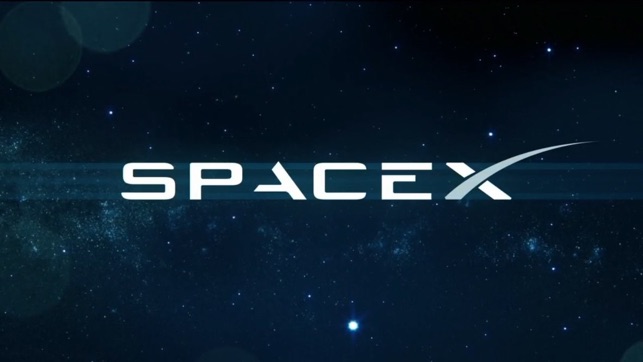



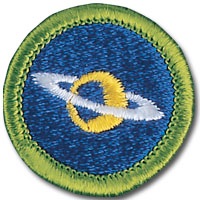
These are all of the links to the Astronomy Merit Badge pages:
Astronomy Merit Badge - Extra “Fun Facts”
Astronomy - Great American Eclipse
Astronomy - Great American Eclipse 2017

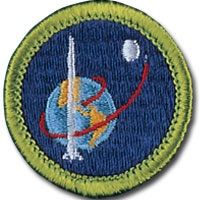
These are all of the links to the Space Exploration Merit Badge pages:
New Horizons - Mission Overview
New Horizons - Pluto Resources


All images were scanned directly from the magazine using the Halo Scanner Mouse - http://shop.halo2cloud.com/collections/computer-and-backup/products/scanner-mouse, which I received as a Christmas present from my mother in 2013.



Regardless your desire to pursue a career in space exploration, it is hoped that you learned enough about exploring space through this merit badge to at least be interested to continuously look up at the sky in awe and wonder, and think about what you may want to explore if you were to go “out there” or were to send a probe “out there.”
If you pursue with enthusiastic interest, that’s great. If you do make a career in the field, GREAT.
May all be better off having completed your Space Exploration Merit Badge than you were before you started.
